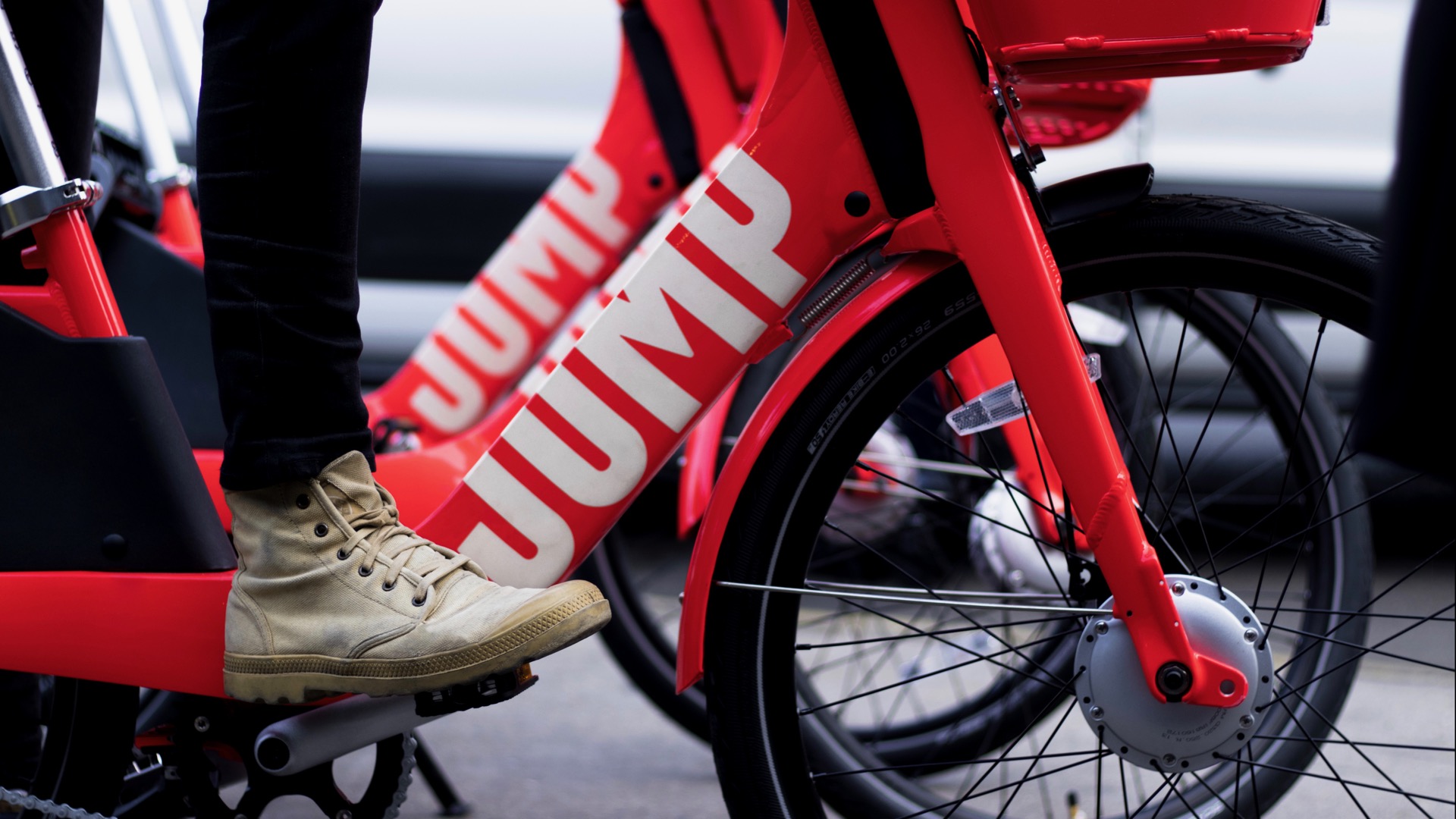

Uber is developing its own electric scooter, potentially setting up the ride-hailing giant to compete with startups like Bird and Lime, reports Bloomberg. The project has reportedly been assigned to Jump, the bike-sharing startup Uber acquired earlier this year.
Nick Foley, Jump’s head of product, and an Uber spokesperson declined to confirm the project to Bloomberg. But Foley did note that electric scooters need to be more robust to guard against vandalism, citing stronger frames and hidden brake cables as two possible areas of improvement.
Developing a scooter in-house would also allow Uber to avoid relying on Chinese manufacturers, as many scooter-sharing services currently do. Current tensions between the United States and China over trade could negatively impact companies that continue to source scooters from China.
It’s worth noting that Uber already has plans to use other companies’ scooters. The company will slap the Jump logo on Chinese scooters for a 16-month pilot program launching in Santa Monica in September. Uber also has an existing relationship with Lime. The ride-hailing company is investing $335 million in the startup, and will rent Lime e-scooters through its app.
It’s unclear how Uber will juggle an in-house electric-scooter project and the Lime partnership. Along with fellow startup Bird, Lime deactivated its Santa Monica electric scooters for a day to protest regulators’ recommendation that Uber-Jump and Lyft be awarded licenses for the pilot program. Bird and Lime argued that Uber and Lyft were encroaching on their territory. The existence of an in-house e-scooter project at Uber would certainly support that view.
Electric scooters have become extremely popular, but also extremely controversial. Most services use a dockless rental model, meaning scooters don’t have to be picked up or dropped off at specific locations. That’s very convenient for users, but it’s also led to complaints of scooters being left haphazardly on sidewalks and entranceways. As with ride-hailing services, cities were caught off guard by the rise of e-scooter sharing, and have struggled to regulate the services.